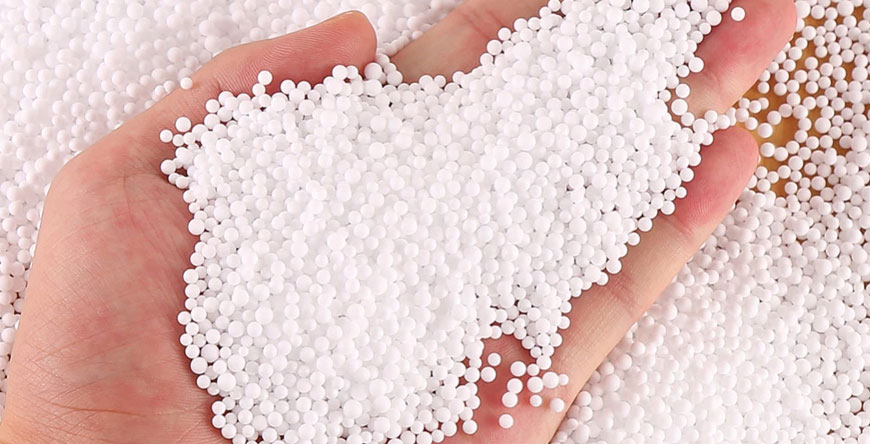
Ammonium sulfate fertilizer contains ammonium, nitrogen and sulfur in the form of sulfate that plants can take. Ammonium sulfate fertilizer has a crystalline structure, it is known as "sugar fertilizer" among farmers. Sulfur in the form of sulfate it contains is in a form to provide the needs of plants completely. As nitrogen is formalized in the form of ammonium, it increases the plant's need for phosphorus intake and provides productivity like all fertilizers applied before planting.
What are the Benefits of Ammonium Sulphate Fertilizer, Known as Sugar Fertilizer?
Economically suitable ammonium sulphate fertilizer also provides fast results after application. Thanks to its sulfur, it facilitates the plant's uptake of nitrogen and provides support to the root, leaves, stem and branches of the plant during development period. It provides efficient products by making the plant resistant to diseases. Depending on the changing weather conditions, it helps the plant to be resistant in cold and hot conditions. It supports flowering and sprouting. It increases the size, hardness and flavor of the products and fruits.
Where is Ammonium Sulphate Fertilizer Used?
It is used very frequently especially in paddy, tea, grain, fruit and vegetable farming. It is the most popular fertilizer of calcareous soils. Ammonium sulfate fertilizer is easily used in the fields of onions, garlic, cauliflower, cabbage, sunflowers and many other crops.
How Should Ammonium Sulphate Fertilizer Be Stored?
Storage of ammonium sulfate is a little easier than other fertilizers. There is no legal regulation on the storage of ammonium sulfate. Ammonium sulfate fertilizer can be stored together with other fertilizers. It is not a problem if it is stored with sodium chloride or ammonium phosphate. Ammonium sulfate fertilizer does not have a special transport vehicle, it can be transported in any vehicle. Gloves must be worn during application, and it must not contact the skin.
What is Potassium Sulphate Fertilizer?
Potassium sulfate fertilizer has a crystalline structure and it easily dissolves in water. Potassium deficiency is observed in agricultural soils with heavy rainfall and in agricultural areas with sandy soil structure. Potassium sulfate fertilizer is needed for such soils. Potassium sulfate fertilizer is a very good source of potassium for plants.
How to Apply Potassium Sulphate Fertilizer?
Yellowing is observed on the leaf margins of plants with potassium deficiency. Loosening occurs in plants that are under water stress. Therefore, potassium sulfate fertilizer is applied. Certainly, the type of fertilizer changes the type of application while applying potassium sulfate. It is not recommended to apply potassium sulfate fertilizer through leaves. While foliar application of other potassium fertilizers is possible. It can be applied from the leaves by sprinkling on the plant roots and by spraying. It is recommended to use gloves to prevent skin contact.